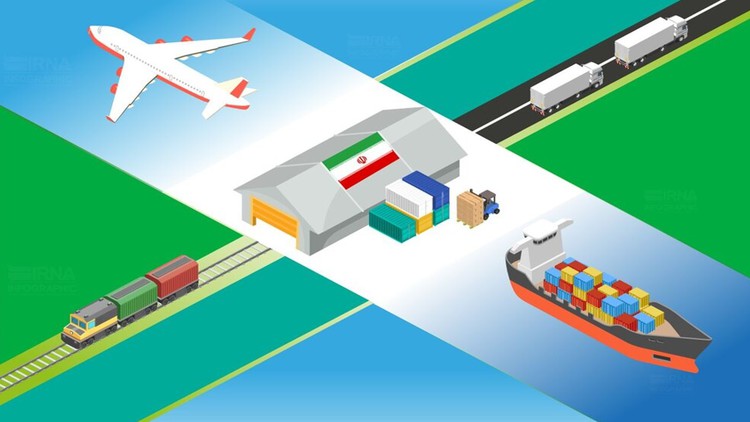
Learn the basics about incoterms
What you will learn
The key elements of each type of Incoterms
Understand which types of Incoterms are the most advantageous for you
The main difference between various types of Incoterms
Rules to trade internationally.
Description
The Incoterms are a set of 11 individual rules which define the responsibilities of sellers and buyers for the sale of goods in international transactions.
Of primary importance is that each Incoterms rule clarifies the tasks, costs, and risks to be borne by buyers and sellers in these transactions.
Familiarizing yourself with Incoterms will help improve smoother transactions by clearly defining who is responsible for what and each step of the transaction.
The Incoterms® 2020 rules are updated and grouped into two categories reflecting modes of transport. Of the 11 rules, there are seven for ANY mode(s) of transport and four for SEA or LAND or INLAND WATERWAY transport.
The seven Incoterms® 2020 rules for any mode(s) of transport are:
EXW – Ex Works (insert place of delivery)
FCA – Free Carrier (Insert named place of delivery)
CPT – Carriage Paid to (insert place of destination)
CIP – Carriage and Insurance Paid To (insert place of destination)
DAP – Delivered at Place (insert named place of destination)
DPU – Delivered at Place Unloaded (insert of place of destination)
DDP – Delivered Duty Paid (Insert place of destination).
The four Incoterms® 2020 rules for Sea and Inland Waterway Transport are:
FAS – Free Alongside Ship (insert name of port of loading)
FOB – Free on Board (insert named port of loading)
CFR – Cost and Freight (insert named port of destination)
CIF – Cost Insurance and Freight (insert named port of destination)
Content